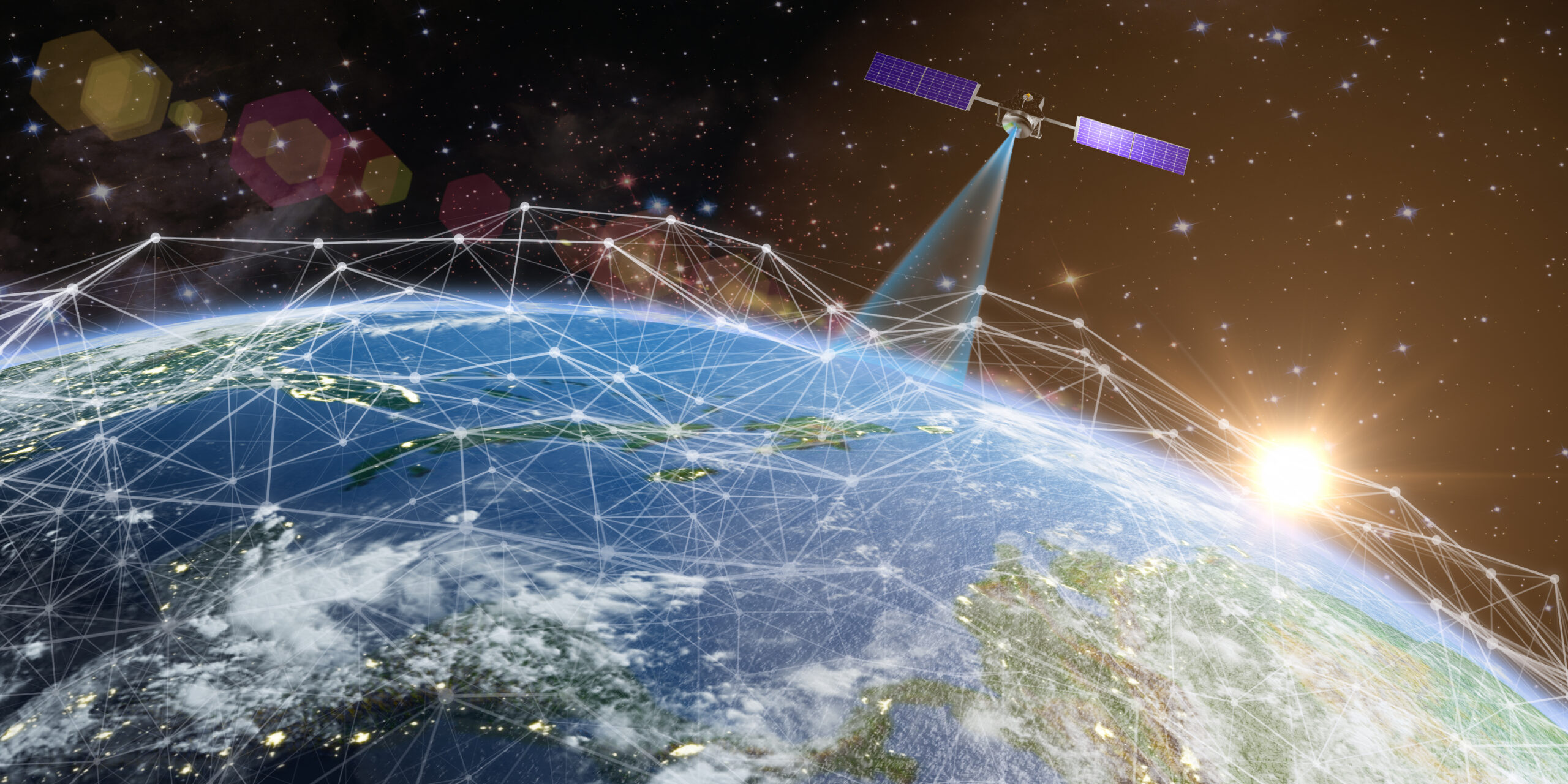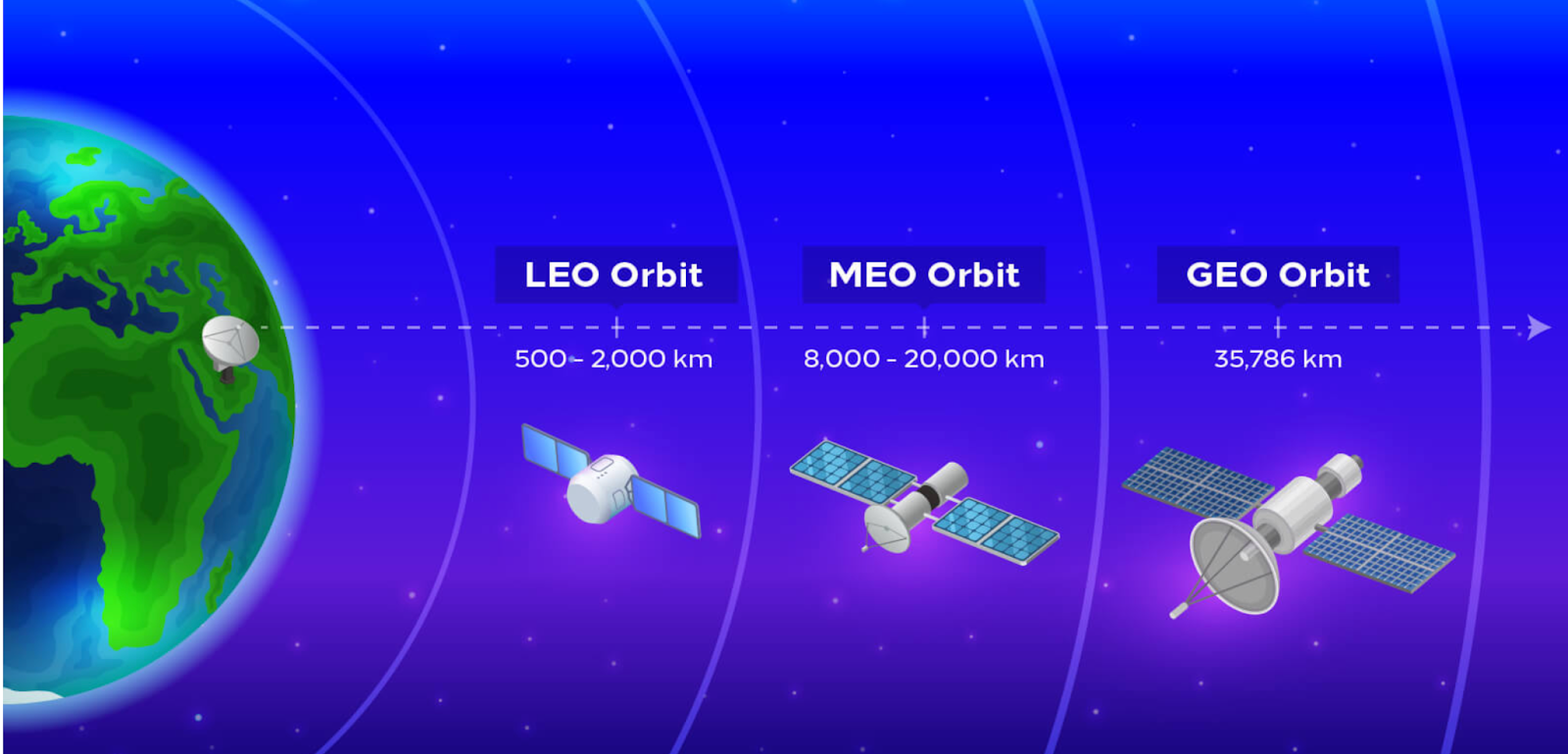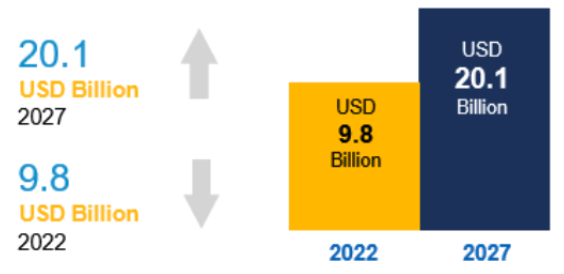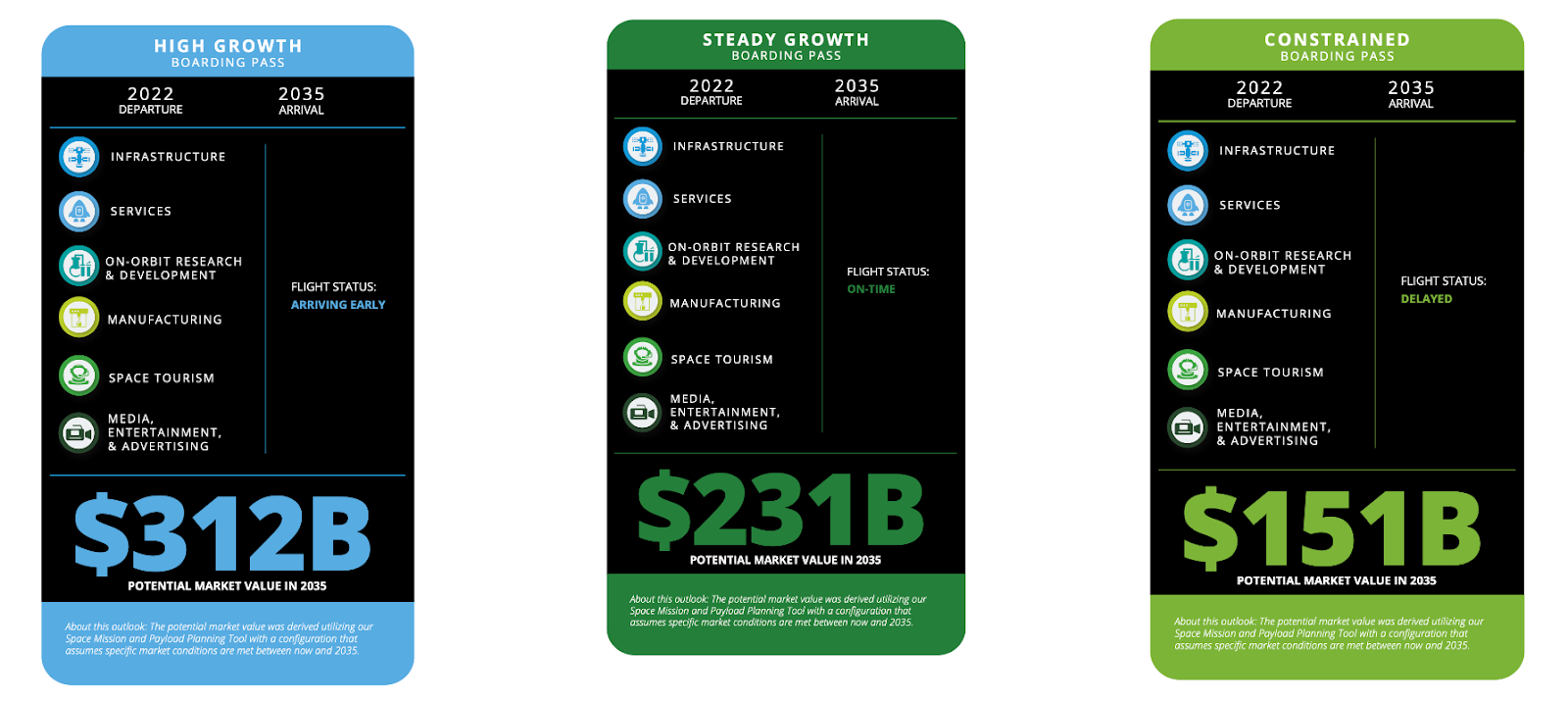
How LEO Satellites Are Shaping the Future of Global Communication
Key takeaways:
- The transformative applications of LEO satellites across various sectors.
- The key challenges and solutions associated with deploying LEO satellites.
- Future trends and strategic recommendations to maximize the benefits of LEO satellite technology.
Satellite technology is undergoing a sea change, driven by rapid advancements in Low Earth Orbit (LEO) satellite systems. As industries strive to stay connected and competitive, understanding the potential of LEO satellites has never been more crucial.
Let’s dive into the fascinating world of LEO satellites and uncover how they are reshaping the landscape of global communications and beyond.
LEO Satellite Systems Explained: Importance, Relevance, and Market Growth
Imagine a world where internet access is fast, reliable, and available everywhere – this is the promise of LEO satellites.
Because they are positioned much closer to Earth than traditional geosynchronous satellites, LEO satellites offer significant advantages. This is the primary reason fueling their rapid adoption and market expansion.

What Makes Leo Satellite Systems Unique?
Low Earth Orbit (LEO) satellites orbit the Earth at altitudes of around 2,000 kilometers. These satellites operate in constellations, working together to provide extensive global coverage and rapid data communication.
Unlike geosynchronous satellites, which remain fixed relative to the Earth’s surface, LEO satellites move quickly, allowing them to cover different areas of the planet throughout their orbit.
This results in lower latency and higher bandwidth capabilities, making them ideal for modern communication needs.
Why LEO Satellite Systems Matter in Today’s Connectivity Landscape
The importance of LEO satellites in today’s satellite industry cannot be overstated. They are crucial for delivering:
- High-speed internet
- Real-time data transfer
- Enhanced global connectivity
For industries that require instantaneous data transmission (think: military operations, financial services, and telemedicine) the low latency of LEO satellites offers a significant advantage over traditional satellite systems.
Financial services, for example, benefit from low latency in high-frequency trading and global transactions, where milliseconds can impact market outcomes.
But that’s not all, their ability to provide precise positioning and efficient frequency use makes them indispensable for various communication applications.
Economic Potential and Market Growth of Leo Satellite Systems
The market for LEO satellites is expected to grow significantly, with revenues projected to reach USD 20.1 billion by 2027. This growth is fueled by:
- Advancements in satellite technology
- The increasing demand for global broadband connectivity
- The cost-effectiveness of deploying smaller, more agile satellite systems
North America is leading this growth, primarily due to heavy investments in satellite infrastructure. Meanwhile, the Asia Pacific region is witnessing rapid expansion driven by cost-effective strategies and technological advancements.
LEO satellites are set to revolutionize multiple industries by:
- Providing global broadband coverage, enhancing Internet of Things (IoT) and machine-to-machine (M2M) communications
- Supporting environmental monitoring
- Fostering space-based entrepreneurship
The economic impact of LEO satellites extends beyond technological advancements, promising substantial contributions to global economic growth.

Transformative Applications of Leo Satellite Systems Across Industries
LEO satellites are redefining industries by providing innovative solutions to longstanding challenges. From enhancing military operations and financial services to revolutionizing telemedicine, LEO satellites are showcasing their versatility and transformative potential.
Let’s explore some of the most impactful applications of these cutting-edge systems and how they are shaping the future across various sectors.
Enhancing Military Communications with LEO Satellite Systems
LEO satellites are playing a crucial role in enhancing military communications. A prime example is Hughes Network Systems’ five-year contract (valued at $900 million) with the U.S. Space Force.
This agreement enables the Department of Defense and other federal agencies to access low-latency, reliable LEO satellite services, ensuring secure and efficient communication channels. The benefits of LEO satellites in this context include aspects such as:
- Their cost-effectiveness
- Reduced latency
- The ability to provide consistent and reliable communication under various conditions
Enhancing Cloud-Based Solutions with LEO Satellite Systems
LEO satellites are also revolutionizing cloud-based connectivity solutions. OneWeb’s partnership with Amazon Web Services (AWS) aims to integrate cloud services with edge computing, providing advanced connectivity and data processing capabilities. This collaboration focuses on delivering comprehensive solutions that include:
- Business continuity
- Virtual mission operations
- Space data analytics
The benefits of such integrated solutions are substantial, offering seamless connectivity and enhanced operational efficiency for businesses and communities.
Expanding Global Coverage with Space-Based Phone Calls via LEO Satellites
A groundbreaking development in LEO satellite applications is the ability to make direct phone calls from space. This innovation expands cellular coverage globally and will dramatically improve coverage for remote and historically underserved areas by providing a reliable communication channel without the need for traditional terrestrial infrastructure.
LEO satellites are proving to be game-changers in various sectors, offering previously unattainable solutions. These applications highlight the immense potential of LEO technology in transforming communication, connectivity, and operational efficiency across different industries.
Overcoming Challenges in Deploying Leo Satellite Systems
While LEO satellites offer numerous advantages, their deployment and operation come with significant challenges and considerations. Addressing these issues is crucial to ensuring the sustainable growth and functionality of LEO satellite systems.
The Challenges of Space Debris in Leo Satellite Systems
One of the most pressing challenges associated with LEO satellites is the increasing risk of space debris. The expansion of LEO satellites raises concerns about collisions, which can create debris fields that pose a threat to other satellites and spacecraft.
Additionally, the bright reflections from these satellites contribute to light pollution. The pollution has a direct affect on astronomical observations and alters the appearance of the night sky.
Other issues include atmospheric pollution from deorbiting satellites and radio signal interference. This interference could potentially impact access for other satellite operators and sovereign nations. To mitigate these risks, collaborative efforts and improved maneuvering strategies are necessary.
The Key Regulatory and Technical Challenges for Leo Satellite Systems
Deploying and operating LEO satellites also involves overcoming various regulatory and technical challenges. These include the need for advanced ground antennas. These advanced antennas are able to track the fast-moving LEO satellites and withstand harsh weather conditions.
Unfortunately, another challenge with LEO satellites is their short life expectancy compared to geosynchronous satellites. Ultimately, these satellites require more frequent replacements and maintenance. Regulatory frameworks must evolve to accommodate the increasing number of satellites and ensure safe and sustainable operations in low Earth orbit.
Efforts to address these challenges are ongoing. For instance, the development of collision avoidance systems and the implementation of international guidelines for satellite deorbiting are critical steps toward reducing space debris.
Advancements in ground antenna technology and robust regulatory policies will also play a vital role in overcoming these obstacles and ensuring the long-term viability of LEO satellite systems.
The Future of Leo Satellite Systems: Trends and Opportunities

The future of LEO satellites is brimming with potential, driven by technological advancements and increasing demand for connectivity. This section explores the emerging trends, future predictions, and strategic recommendations to maximize the benefits of LEO satellite technology.
Emerging Trends and Predictions in LEO Satellite Technology
LEO satellite technology is rapidly evolving, bringing transformative potential across various sectors. Here are several key trends shaping the future of LEO satellites:
1. Growth in IoT and M2M Communication: The proliferation of IoT devices and Machine-to-Machine (M2M) communication is significantly boosting the demand for LEO satellites. The real-time data transfer and device communication that such satellites provide are essential for applications such as:
- Smart cities
- Autonomous vehicles
- Industrial automation
2. Enhanced Earth Observation and Environmental Monitoring: LEO satellites offer high-resolution imaging and remote sensing capabilities, which are invaluable for Earth observation. These applications provide the ability to collect detailed and frequent data from space enabling better decision-making and response strategies. The applications include aspects such as:
- Monitoring environmental changes
- Disaster management
- Agricultural planning
- Climate change research
3. Decreasing Costs of Satellite Launches: Advances in rocket technology and the increasing involvement of private companies in space exploration are driving down the costs of satellite launches. This trend is making space more accessible to startups and smaller enterprises, fostering innovation and entrepreneurship in the space industry.
Key Strategies for Leveraging LEO Satellite Systems
To harness the full potential of LEO satellites, stakeholders must adopt several strategic actions. These measures will drive technological advancements, ensure sustainable development, and maximize the benefits of LEO satellite technology:
1. Continued Investment in Research and Development: Ongoing research and development are crucial to advancing LEO satellite technology. Innovations in satellite design, propulsion systems, and ground infrastructure will enhance performance and reduce operational costs.
2. Collaborations Between Telcos and Satellite Providers: Partnerships between telecommunications companies and satellite providers can accelerate the integration of LEO satellites with 5G networks. This collaboration will ensure seamless connectivity and expand the reach of high-speed internet services to remote and underserved areas.
3. Emphasis on Space Sustainability and Debris Mitigation: Addressing the issue of space debris is essential for the sustainable development of LEO satellite systems. Implementing effective debris mitigation strategies, such as improved satellite maneuverability and international regulatory frameworks, will help preserve the usability of low Earth orbit.
The future prospects for LEO satellites are promising, with potential impacts spanning various industries and applications. By embracing these trends and implementing strategic measures, stakeholders can unlock significant benefits and drive technological advancements in the satellite industry.

Embracing the Future with LEO Satellite Systems
As outlined above, LEO satellites are driving advancements in global communications, environmental monitoring, and IoT connectivity. The potential of LEO satellites is vast, offering significant opportunities for growth and innovation.
To stay ahead in this dynamic industry, consider leveraging the comprehensive market insights and detailed research available through entrapeer. Sign up today and gain access to real-time data, expert analysis, and tailored reports that can drive your strategic decisions and help you navigate the future of satellite technology.
Sources
- https://www.basecampconnect.com/leo-satellite-systems/
- https://www.satellitetoday.com/connectivity/2023/03/13/oneweb-partners-with-aws-on-cloud-connectivity/

